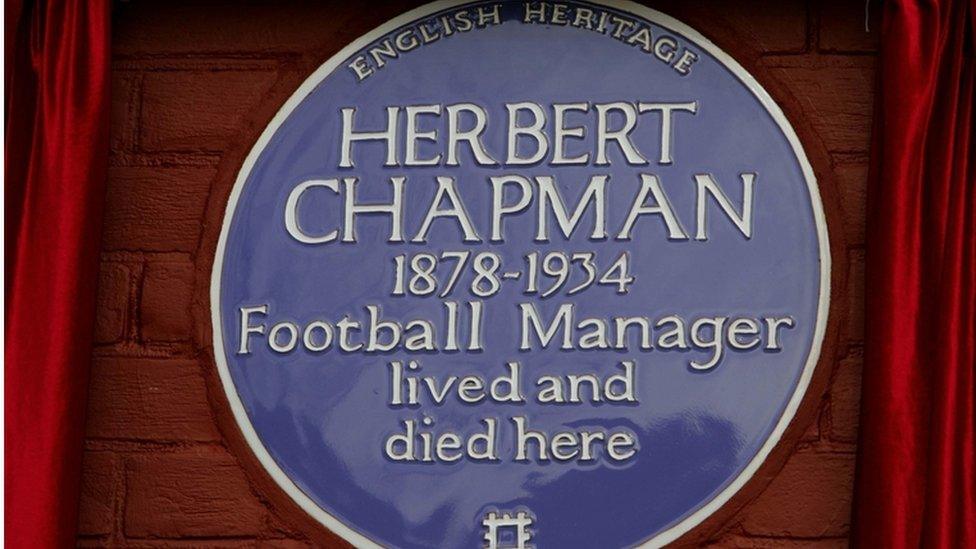Rare double blue plaque award for home of Nobel Prize winners
- Published
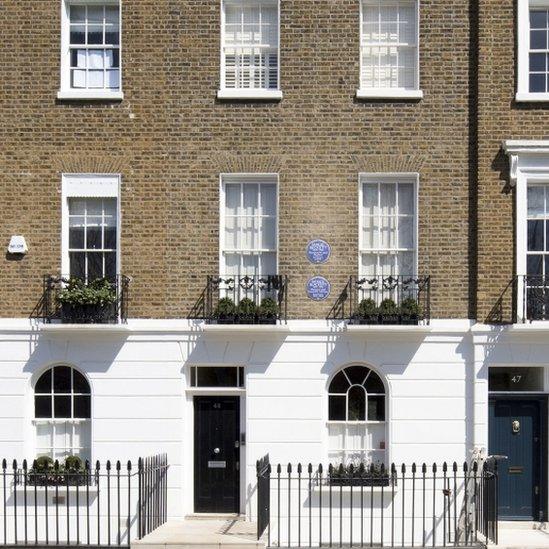
Blue Plaques for Patrick Blackett and Samuel Beckett will be unveiled at 48 Paultons Square
A house in south-west London where two Nobel Prize winners lived has become one of the rare properties to receive two official blue plaques.
The building, 48 Paultons Square in Chelsea, was home to writer Samuel Beckett in 1934 and physicist Patrick Blackett from 1953 to 1969.
The Irish writer lived there for seven months while undergoing psychoanalysis.
The plaques will be unveiled by Downton Abbey actress Penelope Wilton and astronomer royal Arnold Wolfendale.
Beckett was still looking for literary work when he underwent therapy, paid for by his mother, after his father's death.

There are now 19 properties in London which have double blue plaques
His first full-length work, the short story collection More Pricks Than Kicks, was published while he was at the Chelsea house.
The Waiting for Godot playwright won the Nobel Prize for literature in 1969.
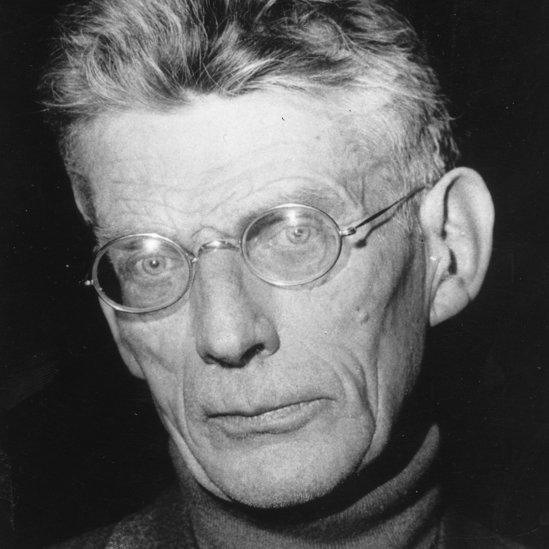
Samuel Beckett won the Nobel Prize for literature
Blackett, described on his blue plaque as a physicist and scientific adviser, was known for his revolutionary work in U-boat detection, ground-breaking research into cosmic rays and the discovery, with a colleague, of the positive electron, external.
He was also hailed as one of the heroes of the Battle of the Atlantic. He had already won the Nobel Prize for Physics, in 1948, before he lived at the house.
Ronald Hutton, chairman of the English Heritage blue plaque panel, called Blackett and Beckett "giants in their fields" and added: "These two plaques mark their achievements and celebrate their connection to London."
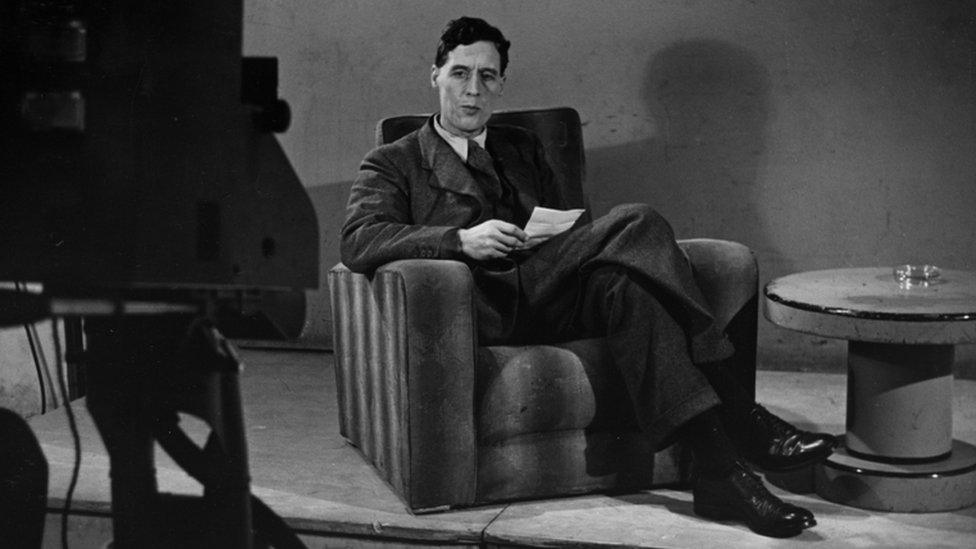
Patrick Blackett won the Nobel Prize for Physics
There are now 19 properties in London which have double blue plaques, including:
29 Fitzroy Square, where writers George Bernard Shaw and Virginia Woolf both lived
20 Maresfield Gardens, where Sigmund Freud spent the final year of his life and his daughter, child psychoanalysis pioneer, Anna Freud, lived and worked
4 Carlton Gardens, where British Prime Minister Lord Palmerston once lived and where Gen Charles de Gaulle set up the headquarters of the Free French Forces

Blue Plaque facts
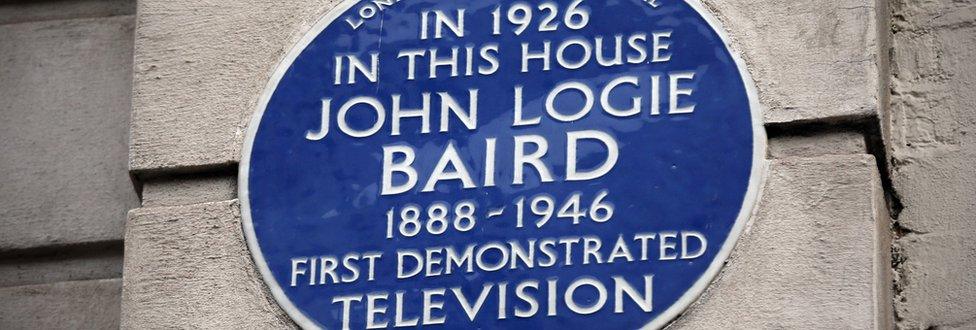
The scheme began in 1866 after the idea of erecting "memorial tablets" was first proposed by William Ewart MP in the House of Commons in 1863
The first plaque was for the poet Lord Byron, although this was lost when the building it was on was demolished in 1889
More than 900 plaques have been unveiled across London
An official plaque can only be proposed for a person who has been dead for at least 20 years
A plaque put up in Chalk Farm in 1937 to mark Karl Marx's final address had to be taken down because it was repeatedly vandalised

- Published1 March 2016
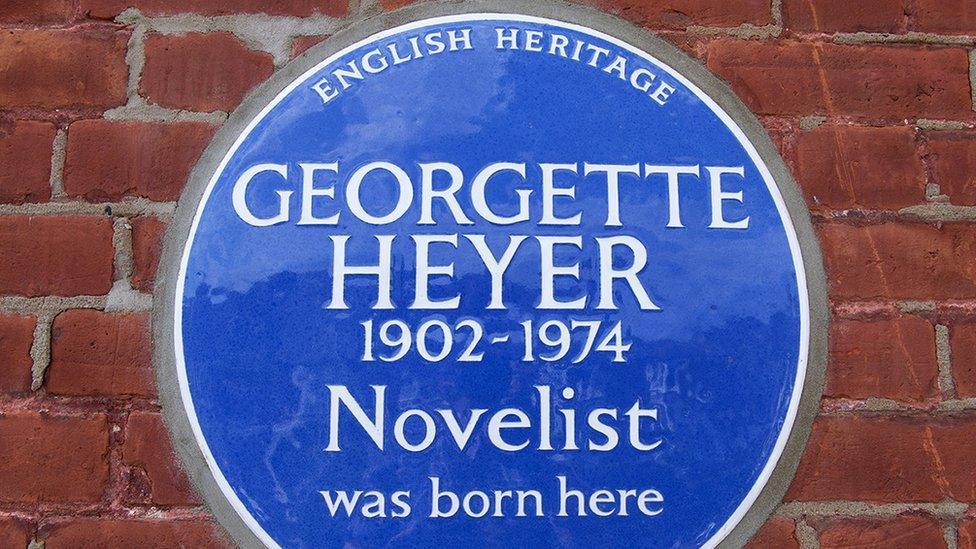
- Published25 February 2016

- Published19 April 2016
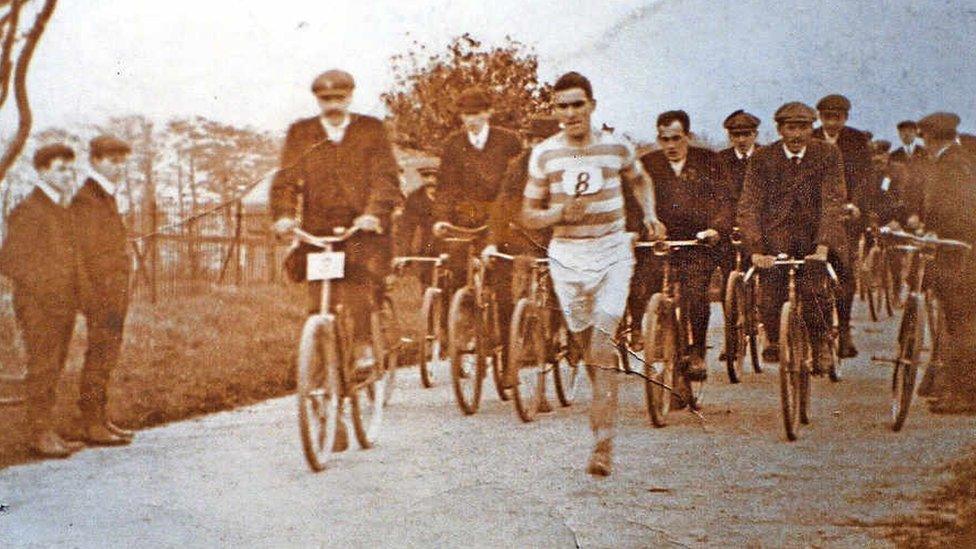
- Published7 April 2016
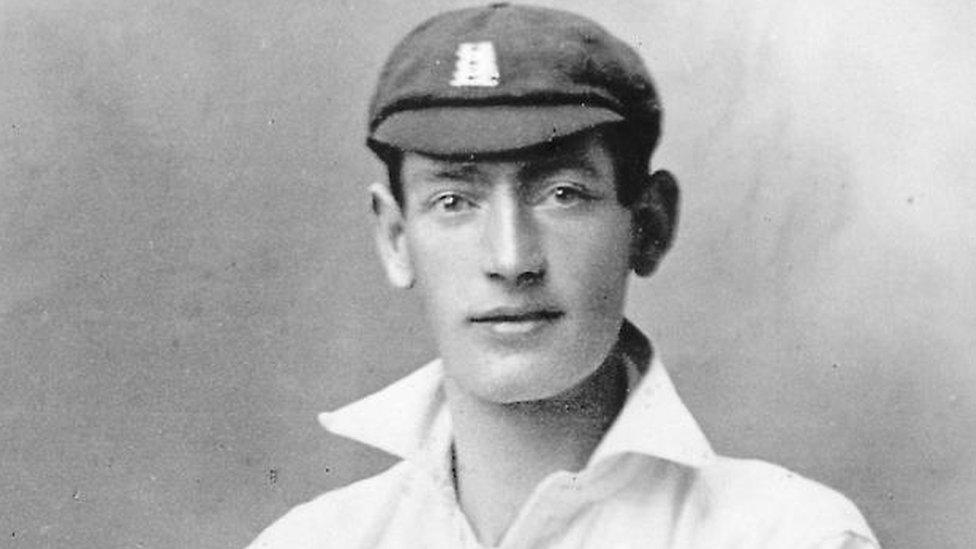
- Published23 March 2016
